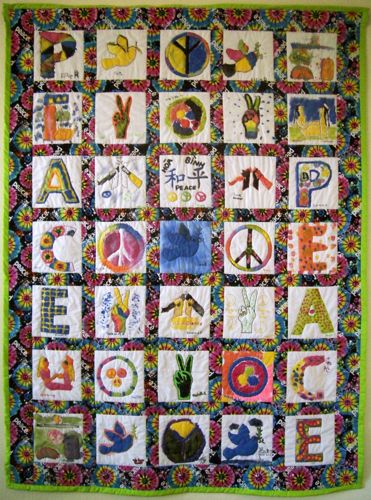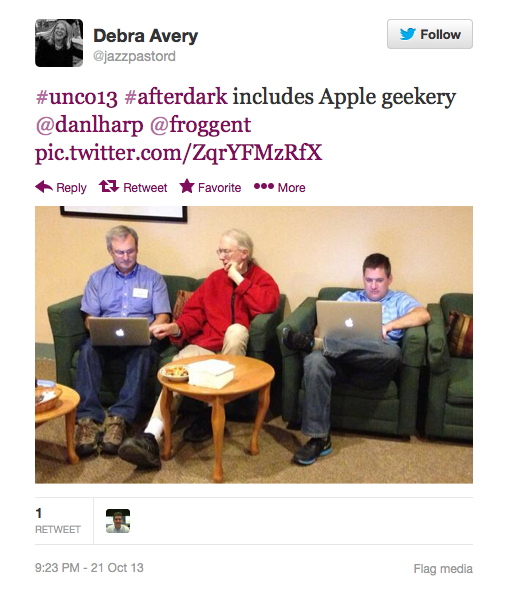The pre-conference session for this year’s Religious Education Association was a trip to the Dudley Street Neighborhood Initiative (DSNI) in Roxbury (Roxbury is a section of Boston). DSNI is a non-profit devoted to community-based planning and organization.
During our trip to DSNI, we learned that the Dudley area is poor — average annual income is about $12,300 — and its residents are primarily people of color, with about a third of the population 19 or younger. It’s also just two miles from the heart of downtown Boston, which says to me that it’s an area that’s ripe for gentrification (just as West Oakland is now being gentrified by young white people moving away from the high rents of San Francisco, forcing long time minority residents to move out).
Starting in the 1980s, the Dudley area was hit by a rash of arson, which resulted in large tracts of land left vacant. DSNI managed to get power of eminent domain within the limits of its neighborhood, and over the years they have acquired 32 acres of land which has been place in a community land trust. They then engaged in a community planning process, and built the kind of housing the community members really wanted. The houses are purchased by the residents, but the land continues to be owned by DSNI, in order to keep the housing affordable and to prevent gentrification that would force out long-time residents.
But what’s really remarkable about DSNI, and the real reason we made a trip to see what they’re doing, is that they reserve four seats on their 35-member Board of Directors for youth aged 15-17. They also have a Youth Council which engages youth in community organizing, and they give substantial power to the youth to plan projects, manage budgets, etc. Youth are mentored into leadership by adult community members, and the whole organization supports them as they mature skills as leaders. Significantly, these youth stay with DSNI as adults, either as volunteers or paid staff, and a couple of their former youth have moved into wider city or state politics as a result of their DSNI experience.
(Parenthetical note: As I was hearing about the way DSNI does youth empowerment, I couldn’t help thinking about what is called youth empowerment in Unitarian Universalist circles. DSNI youth are empowered to work in the wider community, working towards sustainable economic development, working for things like better housing and food security; the youth have an outward focus, tackling real-world problems. Unitarian Universalist youth ministry “empowers” youth to run weekend-long events for themselves; the youth wind up having an inward focus, where they support each other. Of course, the same thing happens in many adult Unitarian Universalist communities and congregations: we also maintain an inward focus, training our adult leaders mostly to run programs for ourselves.)
It was a good trip — hearing DSNI staffer May Louie speak about what they do and how they do it, seeing their accomplishments, getting the faith-based perspective of Father Walter Waldron, pastor of nearby Saint Patrick’s Parish in Roxbury. I just wish I had been able to learn more about how they mentor and empower youth to do real-world community organizing and project management.
———
After spending six hours learning about and visiting DSNI, six of us went out to dinner in downtown Waltham. We all know some of the best conversations at conferences take place in the informal interactions you have with other conferees; and tonight’s dinner conversations were both inspiring and helpful. Charles Chesnavage, who teaches at a Catholic high school in New York City, told us about his interfaith work in Yonkers, including regular meetings with Christian, Jewish, and Muslim interfaith partners. We asked the Catholics at the table what they thought of the new pope. Someone whose name I didn’t catch (the restaurant was noisy) heard I was a Unitarian and said Sophia Lyon Fahs was one of her inspirations, and we talked about the need for some kind of lab school for religious education, along the lines of what Fahs did at Union Theological School in the 1920s.
Perhaps most interesting moment from my point of view was listening to Leslie A. Long of Oklahoma City University talking about her work training lay youth workers for small congregations. She emphasized the need to train and retain older adults who will stay with youth work for the long haul, helping teens build intergenerational connections. (I couldn’t help but notice similarities between her approach and the approach of the Dudley Street Neighborhood Initiative.) I was also struck by her comment that research shows what youth are looking for is intergenerational connection and mentoring, while the usual model of youth ministry that looks like fun and games and parties is failing both youth and congregations.
That’s just the pre-conference session; the real conference starts tomorrow — and already I have learned enough to justify taking this time away from my local congregation.




